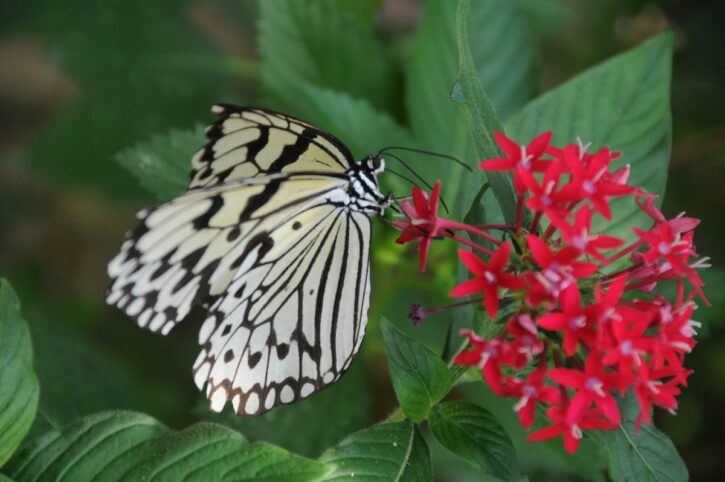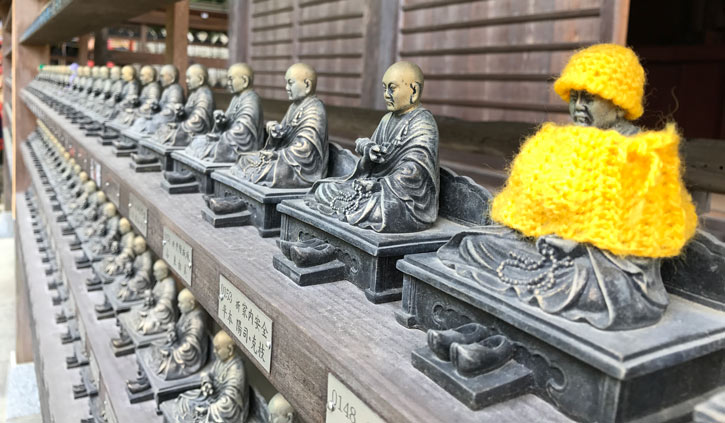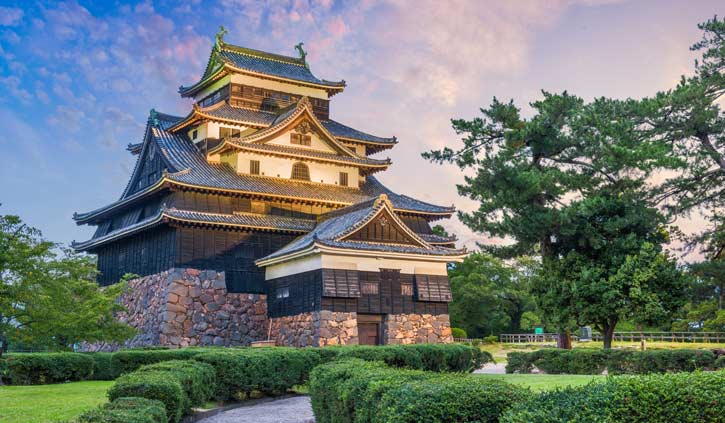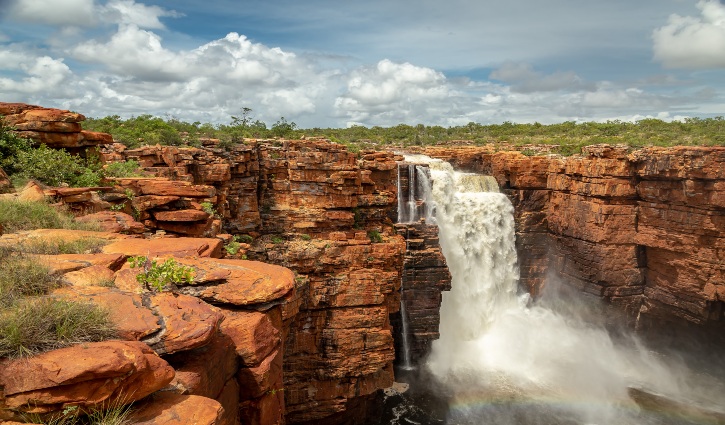
Discover Eternal Japan 15 Days
Heritage Adventurer is an authentic small ship for expedition cruising offering an unforgettable exploration of Japan. Set sail on this voyage to experience medieval castles and temples, magical gardens, beautiful landscapes, and discover a strong cultural history. Your explorations take you beyond the well-known highlights to remote stretches of coastline and islands tourists rarely have the opportunity to experience.
Japan seamlessly blends ancient customs with ultramodern living. Cruise from iconic cities to remote coastlines and islands. Your intended destinations showcasing contemporary cities and modern museums alongside medieval castles and shrines from the Edo-period, culturally rich islands and fascinating wilderness and wildlife. Historical highlights include the five-storey Pagoda of Miyajima, the Matsue Castle and Hiroshima Peace Memorial Park.
ITINERARY SUMMARY

DAY 1 OTARU

Arrive in Otaru, a port city in Hokkaido known for glassworks, music boxes, sake distilleries and the picturesque Otaru Canal flanked with shops and cafes built within its repurposed 1920s warehouses, and transfer to your hotel where our group will spend the first night of the expedition. This evening meet your fellow voyagers and expedition team over dinner at the hotel.
DAY 2 OTARU

Enjoy breakfast at the hotel before exploring this unique city. This afternoon you will board your ship, settle into your cabin and familiarise yourself with Heritage Adventurer. We will also take the opportunity to introduce you to your expedition team and our voyage plans.
DAY 3 HAKODATE

Sail into the port of Hakodate, located at the southern tip of Hokkaido and venturing to Onuma Park, we plan to explore its island- dotted lakes and Mount Komagatake. Explore the lakes’ peninsulas and islands, many of which are connected by small bridges, by foot. Back in Hakodate, there’ll be an option to enjoy a city tour including the enchanting Fort Goryokaku. This massive star-shaped citadel was built in the last years of the Edo Period, but repurposed now as a quirky public park boasting more than 1,000 cherry trees along its moats.
DAY 4 NOSHIRO

Famous for its local beef, pork and chicken and rice soup known as Kiritanpo, tranquil Noshiro is a modern city flanked by nature with the Yoneshiro River winding through its heart. Gateway to the iconic Juniko park it holds a collection of 33 crystal clear ponds and lakes formed by an earthquake in 1704 and surrounded by ancient beech forest. There will be the option to explore the forested walks that lead to these serene blue holes including 10-metredeep Aoike (Blue Pond). Other options may include visiting stunning Lake Towada, and its surrounding forest in Towada-Hachimantai National Park and Japan’s largest pine forest, Kaze no Matsubara, where more than 7 million trees were planted to prevent coastal erosion. Known as the ‘Wind of Matsubara’.
DAY 5 SADO ISLAND

Exploring remote Sado Island off the coast of Niigata which comprises the mountain ranges of Osado and Kosado flanking the Kokunaka Plain, Sado now boasts its own rich cultural and religious life incorporating puppet theatre, Okesa folk songs, Ondeko drumming and demon dances, and Noh theatre thanks to some of its more famous displaced figures. Home to the Japanese Crested Ibis and the iconic taraibune tub boats, this island off the beaten path includes Senkakuwan Bay and Ogi Peninsula, and wilderness and wildlife with a rich history including gold and silver mining, Samurai warrior culture and unique agri- and aqua-culture practices.
DAY 6 KANAZAWA

DAY 7 MATSUE

DAY 8 HAGI

DAY 9 ULSAN, SOUTH KOREA

Crossing the Sea of Japan to Ulsan in South Korea, we plan to visit the UNESCO World Heritage Site of Gyeongju. The capital of the Shilla Dynasty and dating back to the first millennium, Gyeongju is known as ’the museum without walls’ and is full of ancient Korean history and Buddhist culture. Enjoy strolling through hundreds of excavated monuments, temples, tombs and pagodas and enjoy Korean delicacies, cultural performances, and visit the National Museum with its gold jewellery, metal weapons, and distinctive pottery.
DAY 10 KARATSU

Once a major stop for ships and trading post between Korea and China, Karatsu is well known for its medieval heritage including the Karatsu Castle. Built on a plain, construction began in 1602 and the castle is also known as the ‘flying crane castle’ as its shape resembles a bird in flight. We will tour the castle including the Exhibition Hall, which houses the floats and artefacts used in the annual Karatsu Kunchi autumn festival. If you have an interest in plants and/or pottery, an alternative option for today is a visit to the city of Imari celebrated for its porcelain pottery kilns and the flower-laden Mifuneyama Rakuen garden.
DAY 11 UBE

DAY 12 UWAJIMA

Exploring the city of Uwajima, on Japan’s Shikoku Island. One of Japan’s premier pearl producers, learn about the traditional process of cultivating and harvesting pearls during a visit to a pearl farm. We also plan to visit the Uwajima Castle featuring spectacular panoramic views of the town, harbour, and the tranquil Tenshaen Garden. There’s plenty of free time today to explore the town or perhaps visit one of the many gardens including Tenshaen and the island’s largest Nanrakuen Gardens. Other options include a meander along a cherry treelined lane in Yoshida, or visiting the historic Kabuki theatre.
DAY 13 HIROSHIMA & MIYAJIMA ISLAND

Despite its history Hiroshima is a vibrant and thriving cosmopolitan community. We plan to visit the beautiful Peace Park and Museum with its permanently lit ‘Flame of Peace’. Afterwards travel to Miyajima Island, considered one of Japan’s most scenic spots and the location of the Torii Gate and the Daisho-in Buddhist temple. For those after a nature fix, ascend Mount Misen on Miyajima Island by cable car and enjoy a hike, admiring the views below of the Shinto Shrine and Torri Gate.
DAY 14 TAKAMATSU

DAY 15 KOBE

This morning sail into Kobe, Japan’s seventh-largest city and third largest port. Considered one of Japan’s most beautiful cities. After breakfast there’ll be a complimentary coach to a central hotel or to the Osaka airport.


